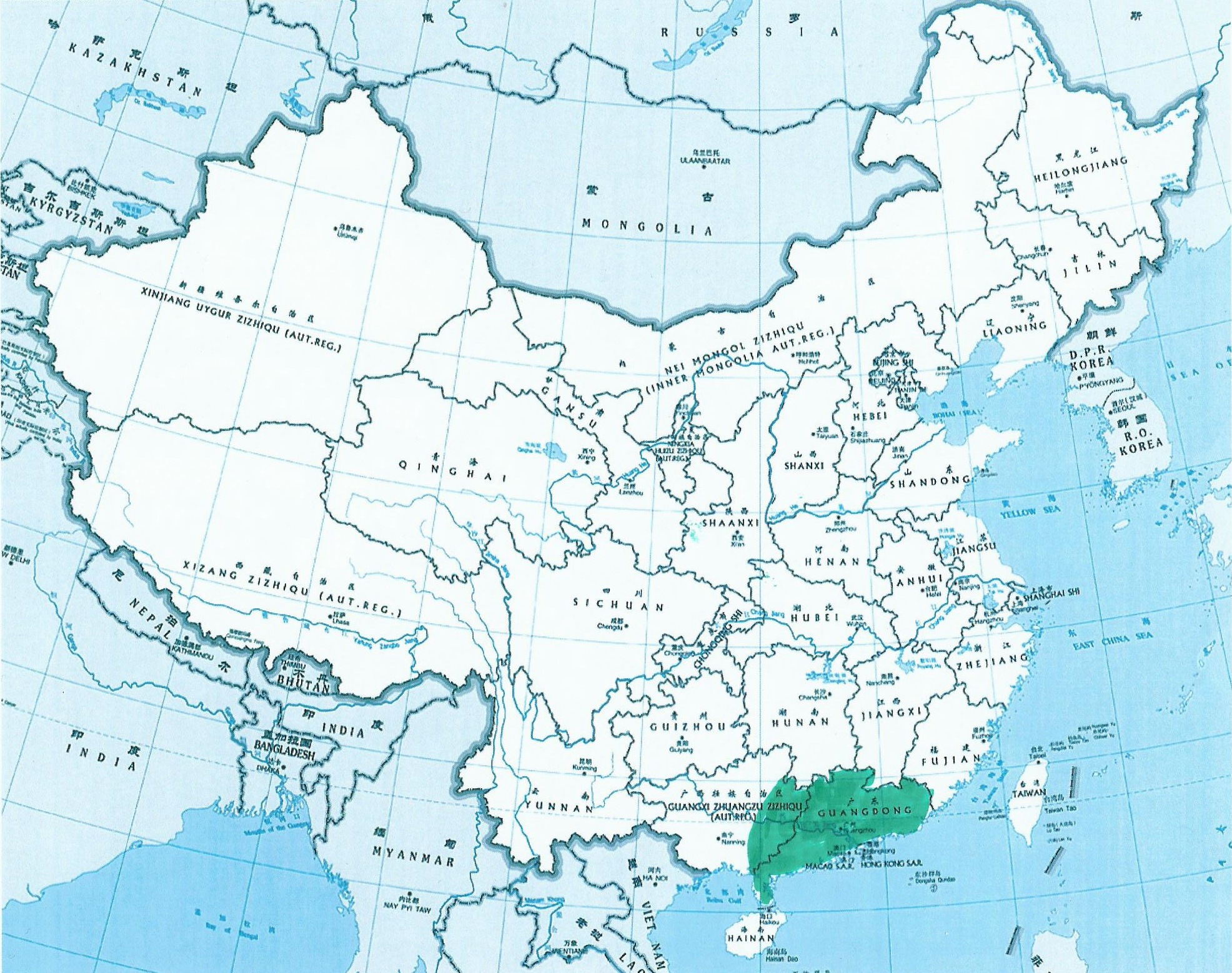
Yueju (Guangdong) is one of the local genres in the xiqu form, popular in the yue dialect areas such as Hong Kong, Macao as well as in Guangdong and Guangxi provinces. It is also well-received in the Chinese communities (yue dialect speaking) in South-east Asia, North America, Australasia and Europe.
During the late Ming and Qing dynasties (from the 17th century onwards), troupes of differing theatres like yiyang qiang, kun qiang, bangzi and pihuang all went to perform in Guangdong. Local troupes also emerged very soon after. Guangdong practitioners absorbed main features of assorted musical systems, added in folk songs and story-telling methods and finally created Guangdong’s own theatre.
The composition of the yueju aria uses both model system (like bangzi, xipi and erhuang) and melodic models. Apart from the Chinese musical instruments such as erhu, pipa, flute, butterfly harp and a wide range of percussions, it also incorporated cello, saxophone and violin. Due to its geographical position and socio-economic environment, yueju was the few among the indigenous song-dance theatres that tended to learn from the Chinese modern spoken drama, foreign songs, and dance. Its staging also borrowed techniques from Western opera and film.
Yueju’s role types are divided into six categories: wenwusheng (man of both letters and martial arts), xiaosheng (young scholar), zhengyin huadan (main female role), erbang huadan (young woman), chousheng (comic role) and wusheng (cavalier). The traditional repertoire, according to the performing techniques, are generally divided into two types: civilian (focusing on singing) and military (focusing on acrobatics and martial arts).